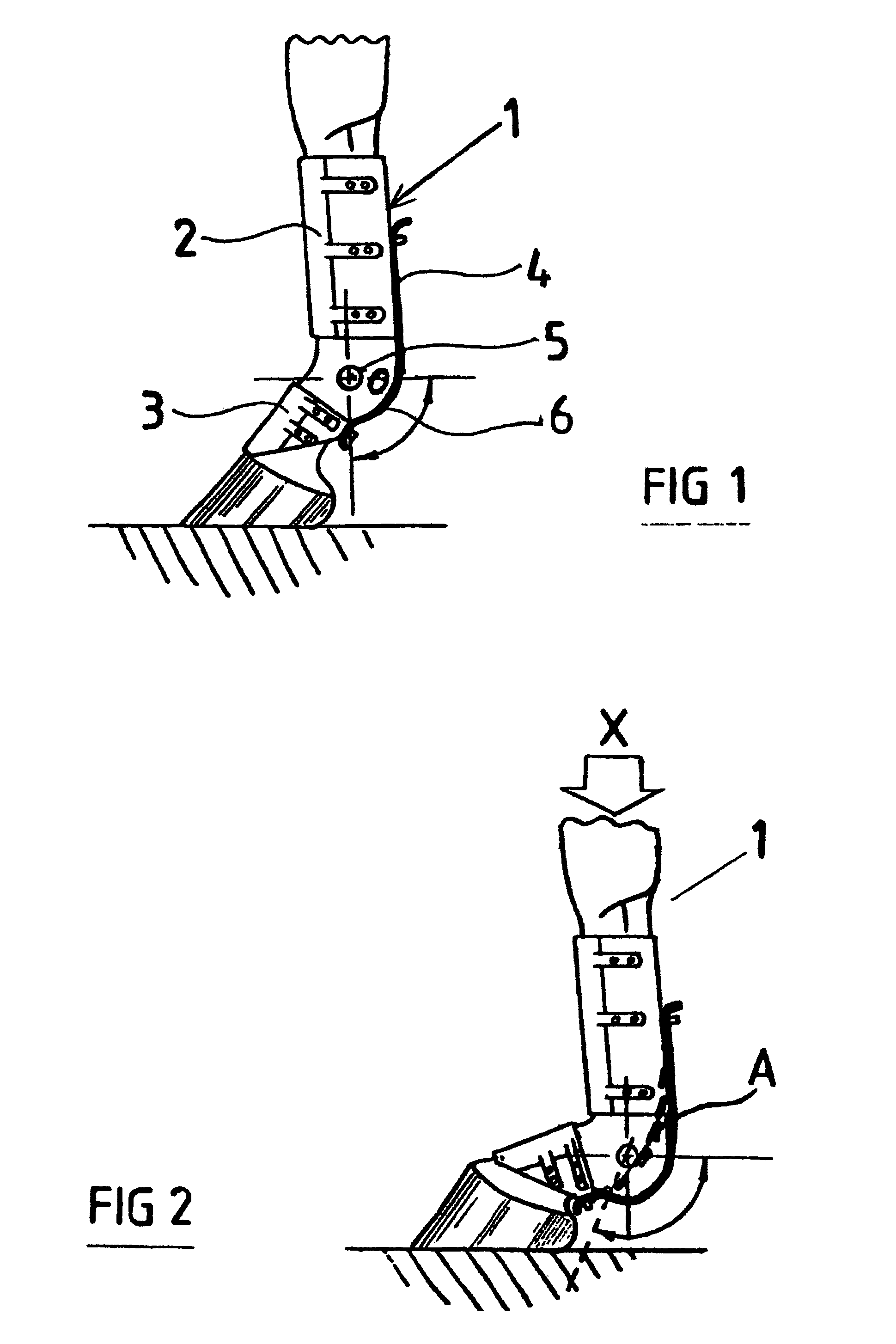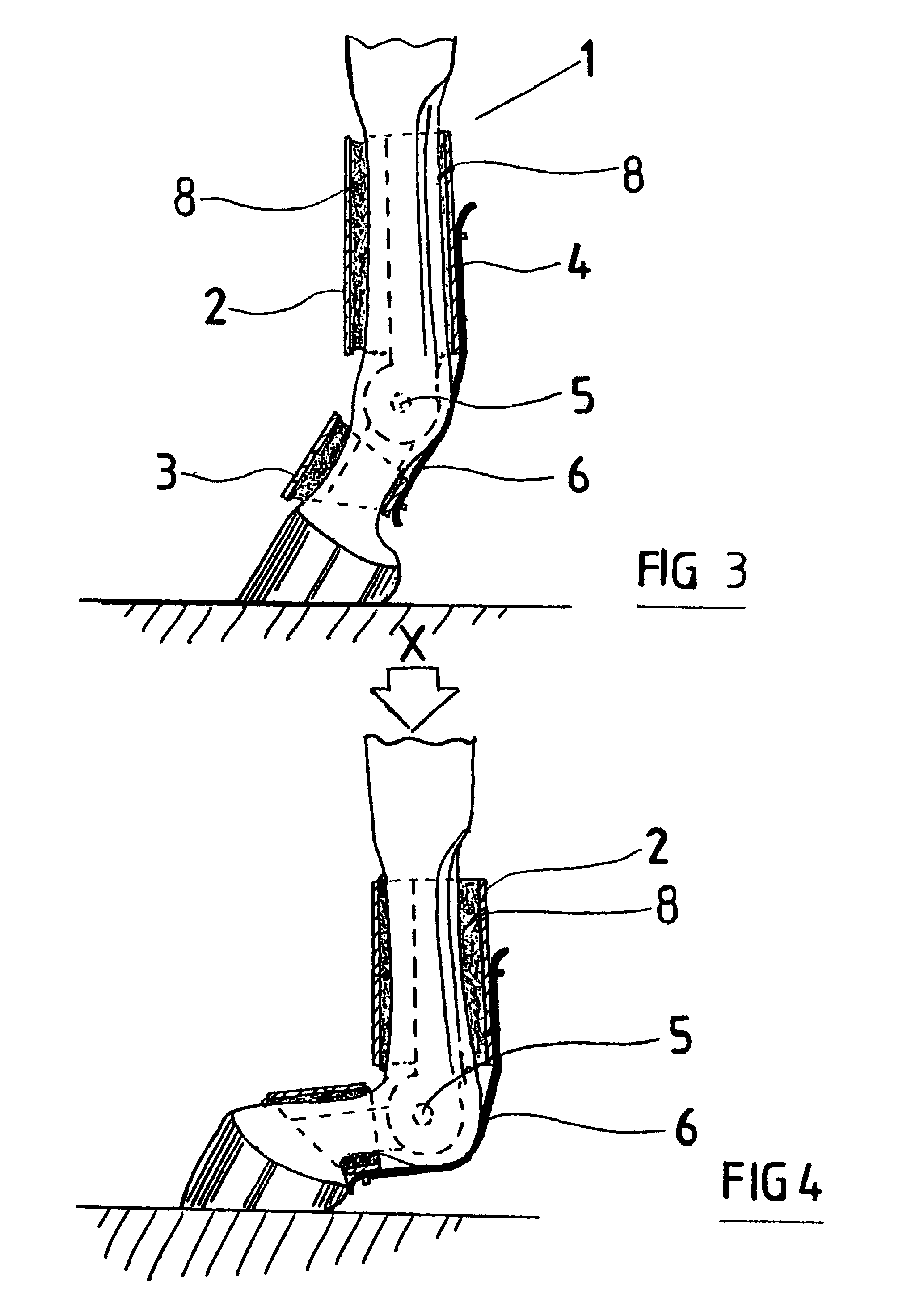One of the most delicate parts of a horse's
anatomy is the area of the canon bone, fetlock joint and pastern regions of the lower leg beneath the knee and hock joints in particular the flexor tendons and suspensory ligaments are subject to strain injury.
The primary cause of such injury is generally over rotation of the fetlock joint for example, if a horse is excessively tired or unfit then the fetlock
joint rotation can cause a dangerous level of tendon strain as it gallops at speed.
The second major cause of equine tendon and
ligament injury is over heating of the tendon material which in turn arises out of the
dynamic loading experienced as a horse gallops.
The studies show that the constant
dynamic loading on these tendons and ligaments while the horse gallops causes an accumulation of heat that can reach 45° C. Collagen cells have viability only below a temperature of 42.5° C. Any temperature at or above 42.5° C. will result in irreparable necrotic damage to the collagen cells of which the
tendon tissue is comprised.
However these conventional boots or bandages, because they entirely cover the tendons while exercising, heat insulate the horses tendons and ligaments and prevent the aforementioned exercise induced heat from escaping to the outside air. FIG. 21 illustrates this problem where the heat transmits from the tendon core outward to the
leg surface where it is blocked from further dissipation by the insulating effect of the conventional boot or
bandage.
Consequently the risk of
heat injury to the tendons and ligaments is increased by the use of such heat insulating boots and bandages.
By using conventional boots and bandages this natural cooling method is lost.
A third major cause of tendon damage is when the tendons of the front leg are struck by the horse's hind leg.
The horse's lower leg below the knee and hock joints, is also subject to a variety of traumatic injuries caused by a strike
impact from a hard object, most often a strike
impact from another of the horse's legs.
However it has been observed by veterinary surgeons that while these devices prevent penetration of the walls of the devices, they are not entirely effective at
preventing injury.
Indeed serious traumatic injuries to the aforementioned specific
anatomy have continued to occur frequently despite the horses in question wearing these conventional devices at the time of injury. FIG. 28 illustrates this very problem which commonly occurs during an accidental over-reach while wearing one of the currently available devices.
It can be seen that the conventional strike prevention devices when struck by the hind leg at such forces, while they will prevent actual penetration of the impacting object through the wall of the device, they do not have sufficient stiffness and
hardness to maintain their original shape.
A further problem that occurs when a horse suffers a
leg injury is that there is a
high incidence of consequent tendon and ligament injury to the opposite leg as the animal takes the weight off the injured limb and places it all onto the opposite leg.
Also, rotation of the fetlock joint can lead to a risk of carpal
bone chip fracture.
Many methods have been used to prevent or cure these problems and have heretofore been relatively inefficient and of limited or little use.
The problem is that it does not take what is effectively the
impact of the horse's
hoof and the weight transmitted there through all of which is transmitted through the fetlock.
This is because, in nature when the horse gallops, the
hoof strikes the ground causing the fetlock joint travels downward towards the ground and while undoubtedly one of the problems is that this downward extension by the fetlock joint is transferred to the tendons and ligaments of the horse.
U.S. Pat. Nos. 1,395,689; 3,209,517; 5,115,627; GB-A-1,153,613; GB-A-1,472,436 are representative of the prior art describing a similar form of boot used to protect a horse's foreleg from strikes by a hind leg, for example when galloping, but do not adequately prevent the fetlock and tendons being under
constant stress.
While this provides a limited amount of support at a standstill, support during exercise is effectively not possible because the two collars will pull together under a tensile load.
However, movement of a limited kind may be allowed by the provision of a spring-loaded hinge arrangement.
However, this is an awkward arrangement because of the position of the spring to the front of the joint, which obstructs to the flexion of the joint, so that there is very little control of the degree of allowable movement, and no provision for any allowable sideways rotation at the fetlock joint.
Also there may be a tendency for the upper part of the brace to slide upwards under load and lose its position, as there is nothing to hold the device in position along the back of the fetlock as the brace straightens out under load
 Login to View More
Login to View More  Login to View More
Login to View More 


